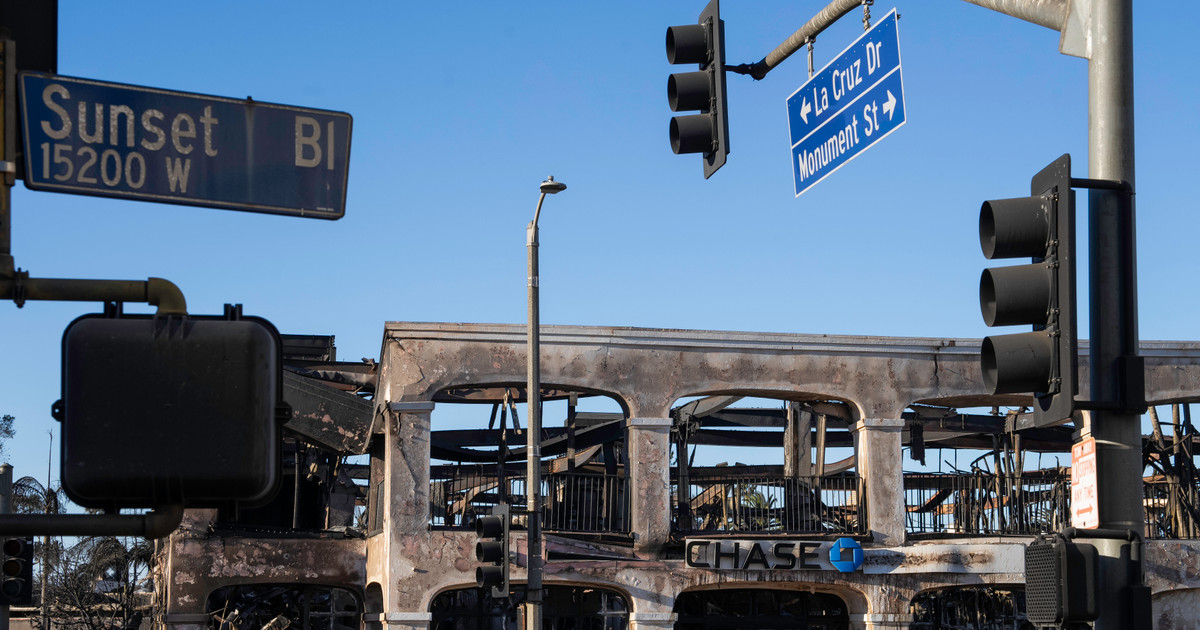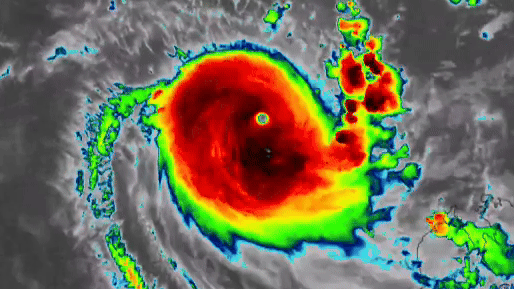Rebuilding After the Palisades Fire: Challenges and Opportunities Ahead
The aftermath of the Palisades Fire has left a profound impact on the community, prompting a critical examination of rebuilding efforts. As residents grapple with loss and uncertainty, the focus now shifts to what can be done to rebuild not just the structures but the very fabric of the community itself. In this article, we will explore the challenges and opportunities that lie ahead in the rebuilding process, emphasizing innovative strategies to ensure resilience and sustainability in the face of future disasters.
The Immediate Aftermath: Assessing the Damage
The Palisades Fire, which ravaged through the area, destroyed homes, displaced families, and altered landscapes. As the smoke cleared, it became evident that the physical damage was only one part of the equation. The emotional and psychological toll on the community was just as significant. Residents faced uncertainty about their future, leading to questions about rebuilding timelines, insurance claims, and community support.
In the immediate aftermath, assessing the damage involved not just counting structures lost but also understanding the intricate web of community ties that had been affected. Schools were closed, local businesses shuttered, and the vibrant life of the neighborhood dimmed. The challenge was to identify not only what was lost but also what could be salvaged to create a robust recovery plan.
Challenges in the Rebuilding Process
Rebuilding after a disaster like the Palisades Fire is fraught with challenges. These can be broadly categorized into physical, financial, and social challenges:
- Physical Challenges: The destruction of infrastructure, including roads, utilities, and communication lines, posed immediate hurdles. Re-establishing these essential services is critical for recovery.
- Financial Challenges: The financial strain on residents is immense. Insurance payouts often fall short of actual rebuilding costs, leaving families to navigate loans and grants in a complicated landscape of financial aid.
- Social Challenges: The emotional impact of the fire can lead to community fragmentation. People may feel isolated or disconnected, complicating the rebuilding process.
Innovative Solutions for Rebuilding
While the challenges are significant, they also present opportunities for innovative solutions. Communities can adopt strategies that not only facilitate rebuilding but also enhance resilience against future disasters. Here are some promising approaches:
1. Embracing Sustainable Building Practices
One of the most effective ways to rebuild is to incorporate sustainable and resilient building practices. This includes using fire-resistant materials, designing homes that can withstand wildfires, and integrating renewable energy sources.
- Fire-Resistant Materials: Building with non-combustible materials can drastically reduce the risk of homes catching fire. Examples include stucco, brick, and metal roofing.
- Green Infrastructure: Implementing green roofs, rain gardens, and permeable pavements can help manage stormwater and reduce the urban heat island effect, making communities more resilient.
- Energy Efficiency: Investing in energy-efficient technologies not only reduces the carbon footprint but also lowers utility costs for residents, making homes more affordable in the long run.
2. Community Engagement and Support
Successful rebuilding requires strong community engagement. Local governments and organizations should facilitate forums and workshops where residents can voice their needs and concerns. This ensures that the rebuilding process is inclusive and reflective of the community’s values.
- Participatory Planning: Engaging residents in the planning process allows for a more tailored approach to rebuilding that meets the unique needs of the community.
- Support Networks: Establishing support groups for those affected by the fire can foster a sense of solidarity and shared purpose, helping individuals cope with their loss.
3. Leveraging Technology
Technology can play a pivotal role in the rebuilding process. From using drones for damage assessment to employing project management software for tracking rebuilding progress, innovations can streamline efforts and increase efficiency.
- Data-Driven Decision Making: Utilizing Geographic Information Systems (GIS) can help identify vulnerable areas and prioritize rebuilding efforts.
- Smart Building Technologies: Integrating smart home technologies can enhance safety and energy efficiency, providing residents with control over their living environments.
Financial Support and Resources
Understanding the financial landscape is crucial for those looking to rebuild. Various resources can assist homeowners and businesses in navigating the complexities of funding their recovery:
- Federal and State Grants: Programs like FEMA’s Public Assistance Grant Program can provide vital funding for rebuilding public infrastructure.
- Local Community Funds: Establishing community funds can help support residents who may not qualify for traditional loans or grants.
- Insurance Education: Providing education on insurance options can help homeowners maximize their coverage and understand the claims process better.
Looking Ahead: A Vision for Resilience
The rebuilding process after the Palisades Fire is not just about physical reconstruction; it’s about reimagining a community that is more resilient and sustainable. By embracing innovative solutions, fostering community engagement, and ensuring financial support, residents can lay the groundwork for a brighter future.
As communities move forward, it is essential to maintain open lines of communication and collaboration among all stakeholders, including local governments, nonprofits, and residents. Together, they can create a roadmap that prioritizes safety, sustainability, and connectedness.
Conclusion
Rebuilding after the Palisades Fire poses significant challenges, but it also opens the door to new opportunities. By focusing on innovative approaches and community resilience, residents can not only restore what was lost but also build a stronger, more sustainable community for the future. The path ahead may be fraught with difficulties, but with determination and collaboration, the community can rise from the ashes, creating a legacy of strength and hope.
See more Your Daily Weather



